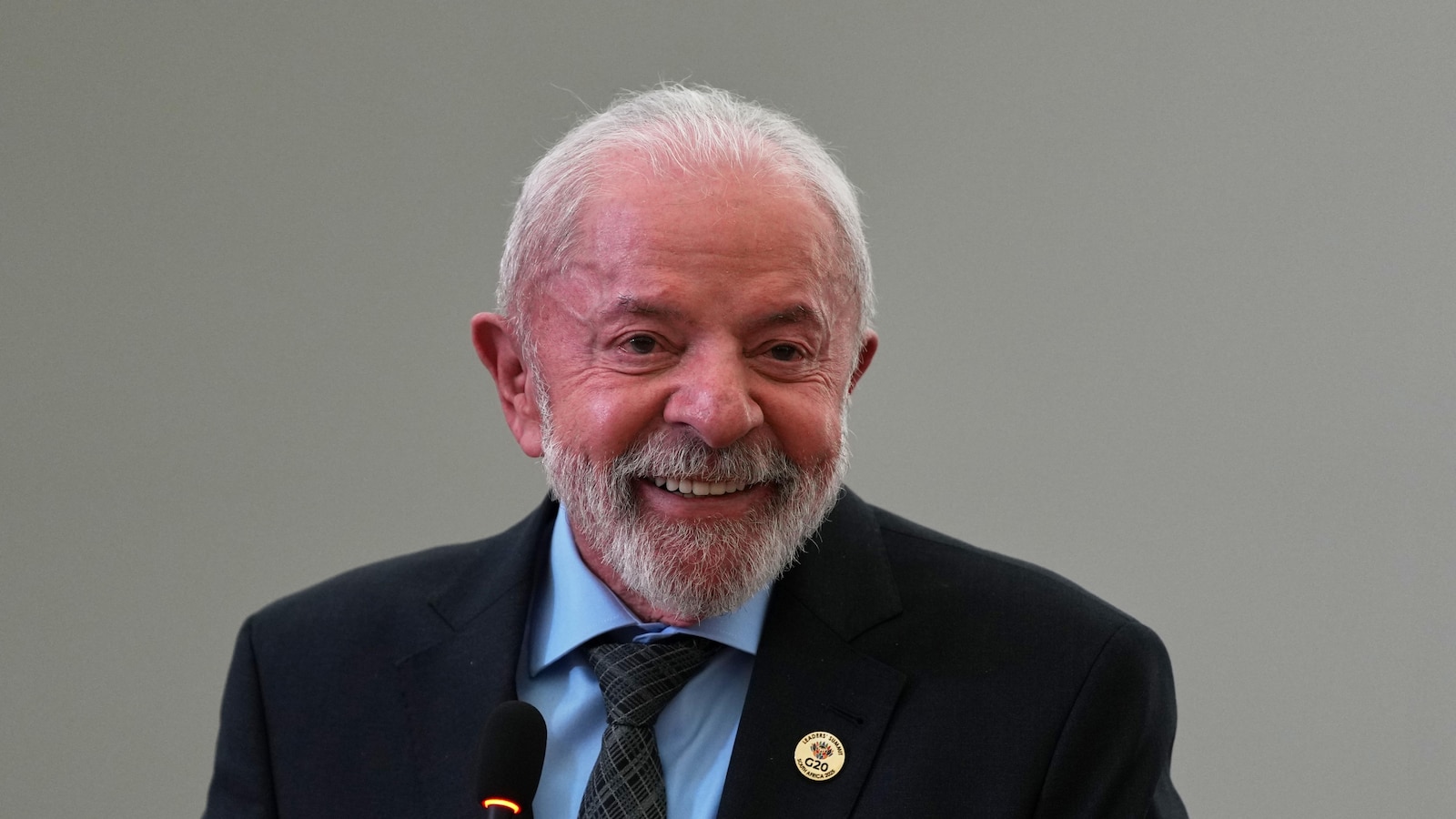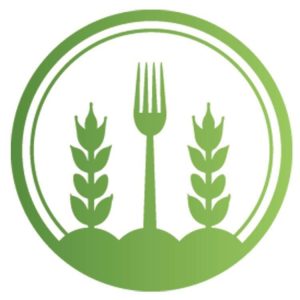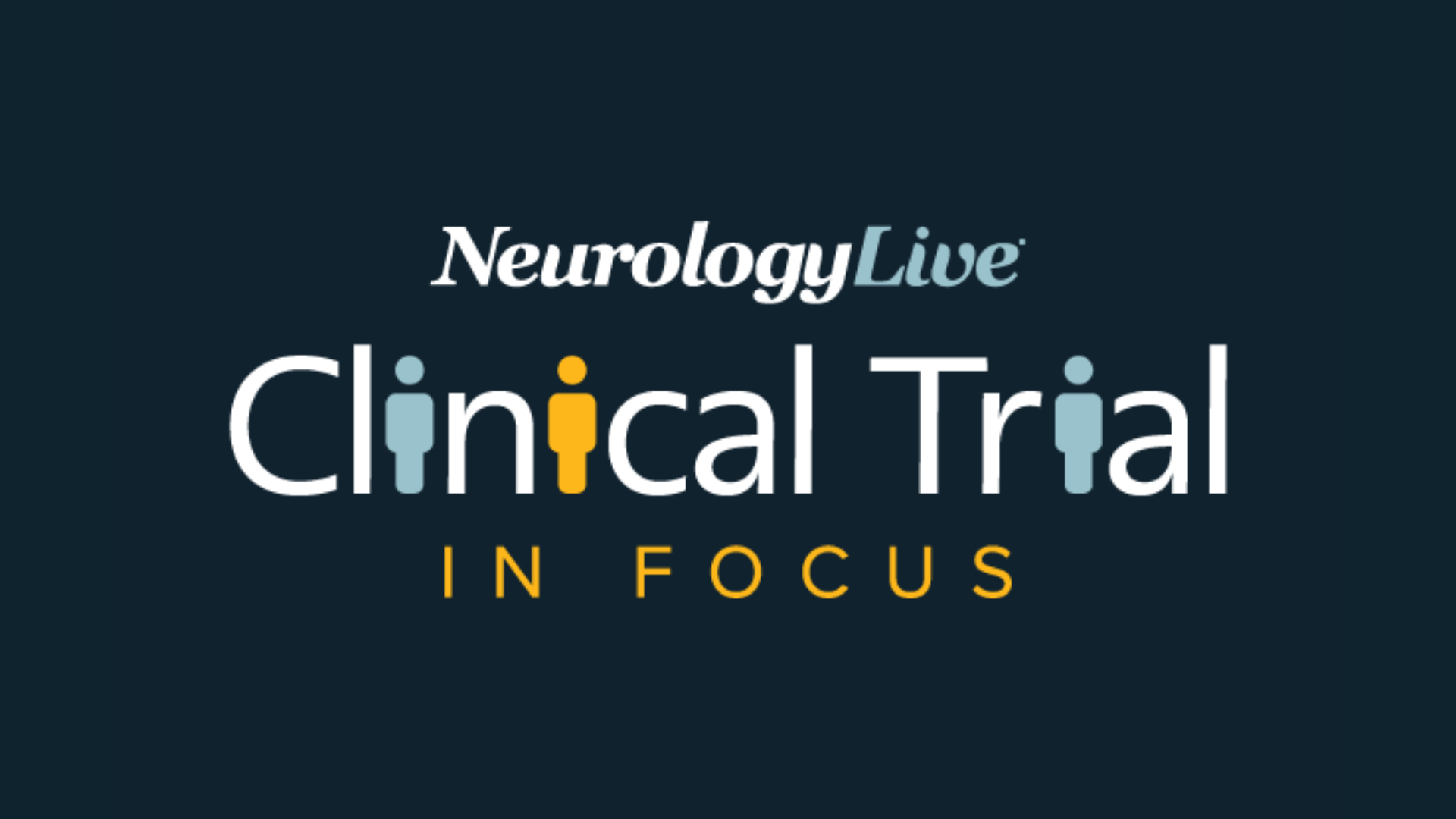Partnership for Economic Inclusion (PEI) 2025 Annual Report – ReliefWeb

Fiscal Year 2025 Report: Partnership for Economic Inclusion and Sustainable Development Goals
Advancing SDG 1 (No Poverty) and SDG 8 (Decent Work and Economic Growth)
In Fiscal Year 2025, the Partnership for Economic Inclusion (PEI) made significant strides in advancing key Sustainable Development Goals by supporting the global scale-up of economic inclusion programs. These initiatives directly contribute to the eradication of poverty and the promotion of sustained, inclusive economic growth.
- Direct Beneficiary Impact: Programs supported by PEI have reached over 11 million individuals, providing pathways out of poverty and towards economic stability.
- Integrated Approach for Livelihoods: A multi-faceted strategy was employed to ensure sustainable outcomes, directly aligning with targets under SDG 1 and SDG 8. This included:
- Income Support
- Skills Training
- Coaching and Mentorship
- Market Linkages
Strengthening Global Collaboration through SDG 17 (Partnerships for the Goals)
PEI’s operational model is fundamentally based on building robust partnerships to achieve systemic change, embodying the principles of SDG 17.
- Government Engagement: PEI actively engaged with 71 governments, providing technical assistance and grants to build national capacity for economic inclusion.
- Financial Leverage: The partnership influenced $6.5 billion in World Bank financing, mobilizing significant resources for development goals.
- Programmatic Support: Direct support was provided to 26 programs across 24 countries, demonstrating a widespread and collaborative global footprint.
- Knowledge Sharing: The publication of the State of Economic Inclusion Report 2024 expanded the global evidence base, fostering a shared understanding of effective strategies.
Promoting SDG 5 (Gender Equality) and SDG 10 (Reduced Inequalities)
A central focus of PEI’s work is ensuring that economic opportunities reach marginalized groups, with a specific emphasis on women, youth, and other vulnerable populations.
- Targeted Support: Initiatives were designed to advance opportunities specifically for women and youth, tackling the root causes of inequality.
- Gender-Responsive Programming: The development of new gender-responsive program models ensures that interventions actively promote gender equality and empower women economically, directly contributing to SDG 5.
Integrating SDG 13 (Climate Action) into Economic Models
Recognizing the intersection of poverty and climate vulnerability, PEI has begun integrating climate resilience into its program designs.
- Climate-Smart Models: The introduction of new climate-smart program models helps vulnerable communities build resilient livelihoods that can withstand and adapt to climate shocks, aligning economic inclusion with SDG 13.
Relevant Sustainable Development Goals (SDGs)
The article highlights issues and initiatives that are directly connected to several Sustainable Development Goals. The core theme of economic inclusion for vulnerable populations through partnerships, financing, and targeted programs touches upon goals related to poverty, gender equality, decent work, climate action, and global partnerships.
- SDG 1: No Poverty – The primary focus of the Partnership for Economic Inclusion (PEI) is to support programs that provide economic opportunities and income support to the poor and vulnerable, directly addressing poverty eradication.
- SDG 5: Gender Equality – The article explicitly states that the initiatives advance opportunities for women and that PEI is developing “new gender-responsive” program models.
- SDG 8: Decent Work and Economic Growth – By providing skills training, coaching, and market linkages, the programs aim to improve employment opportunities and foster economic growth for marginalized groups, including youth.
- SDG 13: Climate Action – The mention of developing “climate-smart program models” indicates an integration of climate change considerations into economic development and poverty reduction strategies.
- SDG 17: Partnerships for the Goals – The entire initiative is based on a partnership model, involving PEI, 71 governments, and the World Bank to mobilize resources and provide technical assistance.
Specific SDG Targets
Based on the article’s content, several specific SDG targets can be identified as being directly addressed by the PEI’s activities.
-
SDG 1: No Poverty
- Target 1.2: By 2030, reduce at least by half the proportion of men, women and children of all ages living in poverty. The programs reaching over 11 million vulnerable people with economic inclusion initiatives directly contribute to this target.
- Target 1.3: Implement nationally appropriate social protection systems. The article mentions “income support” as a key component of the programs, which is a form of social protection for the poor.
-
SDG 5: Gender Equality
- Target 5.a: Undertake reforms to give women equal rights to economic resources. The programs provide women with skills training, income support, and market linkages, enhancing their access to economic resources.
-
SDG 8: Decent Work and Economic Growth
- Target 8.5: By 2030, achieve full and productive employment and decent work for all women and men, including for young people. The focus on “women” and “youth” through skills training and market access directly supports this goal.
- Target 8.6: By 2020, substantially reduce the proportion of youth not in employment, education or training. The specific mention of supporting “youth” through skills training aligns with the objective of this target.
-
SDG 13: Climate Action
- Target 13.2: Integrate climate change measures into national policies, strategies and planning. The development of “climate-smart program models” demonstrates the integration of climate considerations into economic inclusion strategies.
-
SDG 17: Partnerships for the Goals
- Target 17.3: Mobilize additional financial resources for developing countries from multiple sources. The article highlights that PEI influenced “$6.5 billion in World Bank financing.”
- Target 17.9: Enhance international support for implementing effective and targeted capacity-building in developing countries. PEI’s provision of “technical assistance” and “knowledge partnerships” to 71 governments is a direct form of capacity-building.
Implied Indicators for Measurement
The article provides several quantitative and qualitative data points that can serve as indicators to measure progress towards the identified targets.
- Number of beneficiaries reached: The article states that the initiatives have reached “over 11 million people,” which is a direct indicator of the scale of poverty reduction and economic inclusion efforts (relevant to Target 1.2).
- Financial resources mobilized: The “$6.5 billion in World Bank financing” influenced by PEI is a clear indicator for measuring progress on mobilizing financial resources for development (relevant to Target 17.3).
- Number of governments and programs supported: The engagement with “71 governments” and direct support for “26 programs in 24 countries” serves as an indicator of the reach and implementation of capacity-building and partnership efforts (relevant to Target 17.9).
- Development of specific program models: The creation of “new gender-responsive and climate-smart program models” is a qualitative indicator showing progress in integrating gender equality and climate action into development programming (relevant to Targets 5.a and 13.2).
- Targeted support for specific demographics: The explicit focus on “women” and “youth” implies that progress can be measured by the number of individuals from these groups who benefit from skills training and employment opportunities (relevant to Targets 8.5 and 8.6).
Summary of SDGs, Targets, and Indicators
| SDGs | Targets | Indicators Identified in the Article |
|---|---|---|
| SDG 1: No Poverty | 1.2: Reduce poverty by half. 1.3: Implement social protection systems. |
Number of people reached by economic inclusion programs (11 million). |
| SDG 5: Gender Equality | 5.a: Give women equal rights to economic resources. | Development of “gender-responsive” program models; Number of women reached by programs. |
| SDG 8: Decent Work and Economic Growth | 8.5: Full and productive employment for all. 8.6: Reduce the proportion of youth not in employment, education or training. |
Provision of skills training and market linkages; Specific focus on advancing opportunities for youth. |
| SDG 13: Climate Action | 13.2: Integrate climate change measures into national policies. | Development of “climate-smart program models.” |
| SDG 17: Partnerships for the Goals | 17.3: Mobilize financial resources. 17.9: Enhance capacity-building support. |
Amount of financing influenced ($6.5 billion); Number of governments engaged (71); Provision of technical assistance and knowledge partnerships. |
Source: reliefweb.int
What is Your Reaction?
 Like
0
Like
0
 Dislike
0
Dislike
0
 Love
0
Love
0
 Funny
0
Funny
0
 Angry
0
Angry
0
 Sad
0
Sad
0
 Wow
0
Wow
0



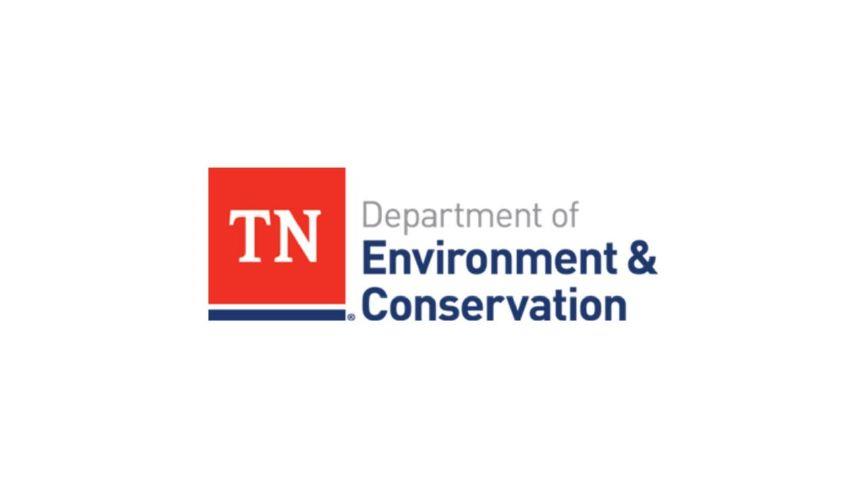






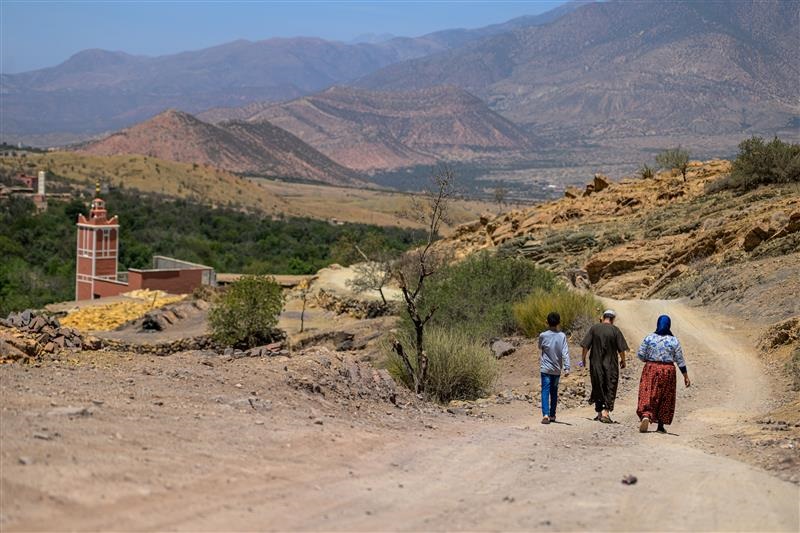






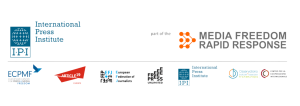









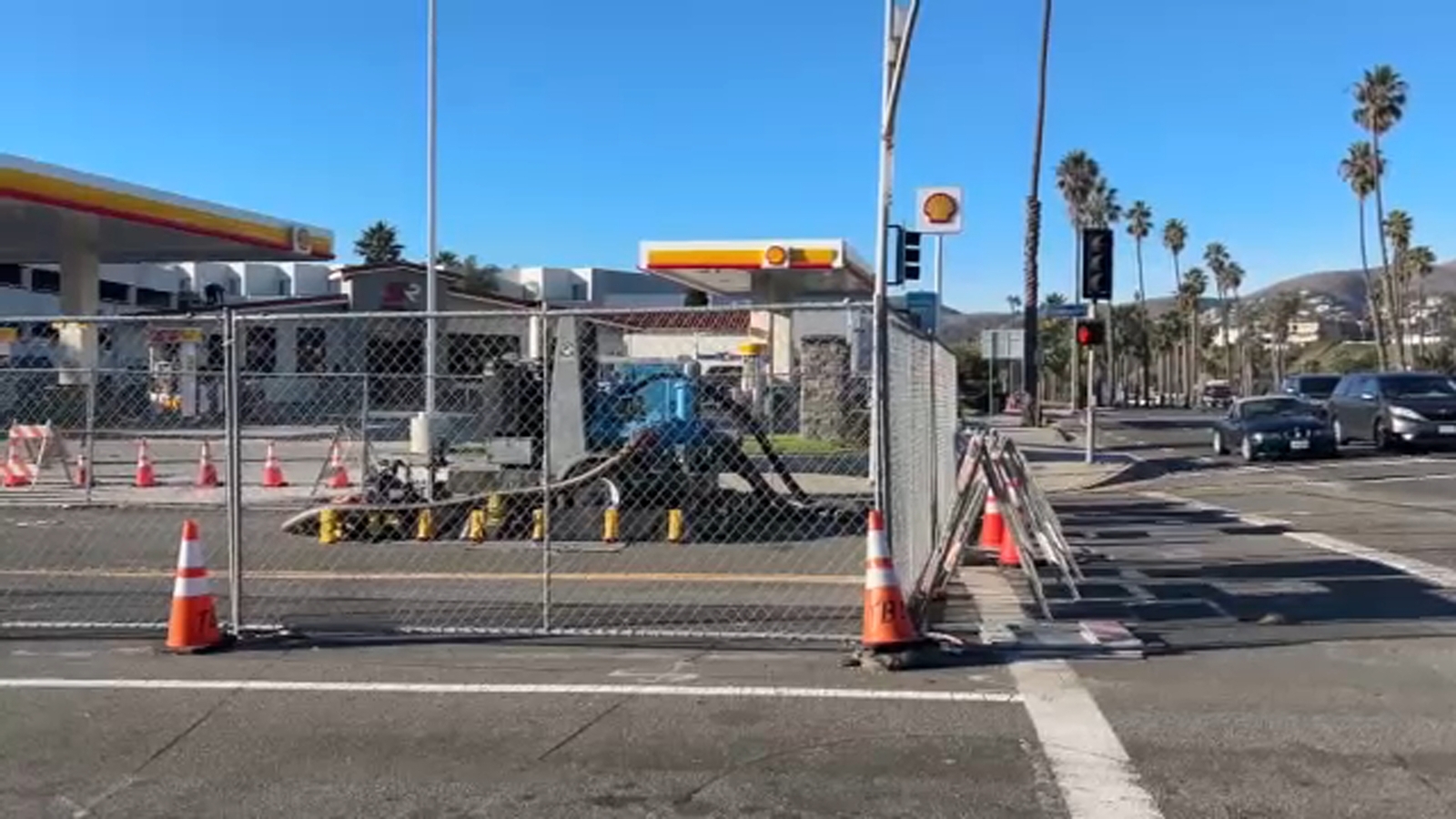








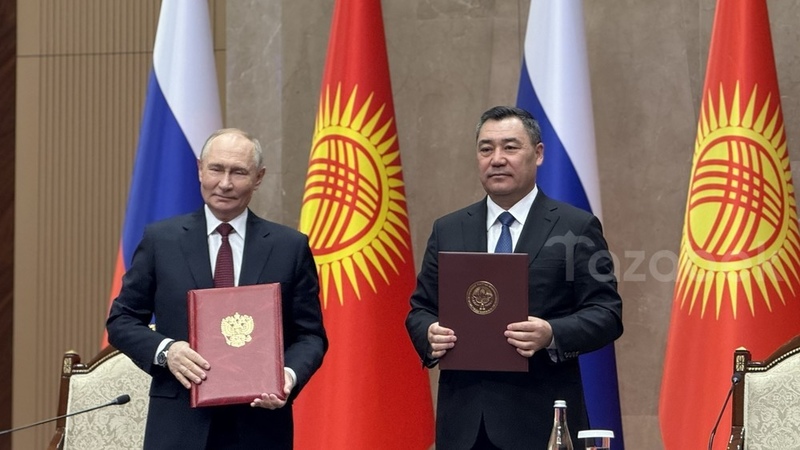




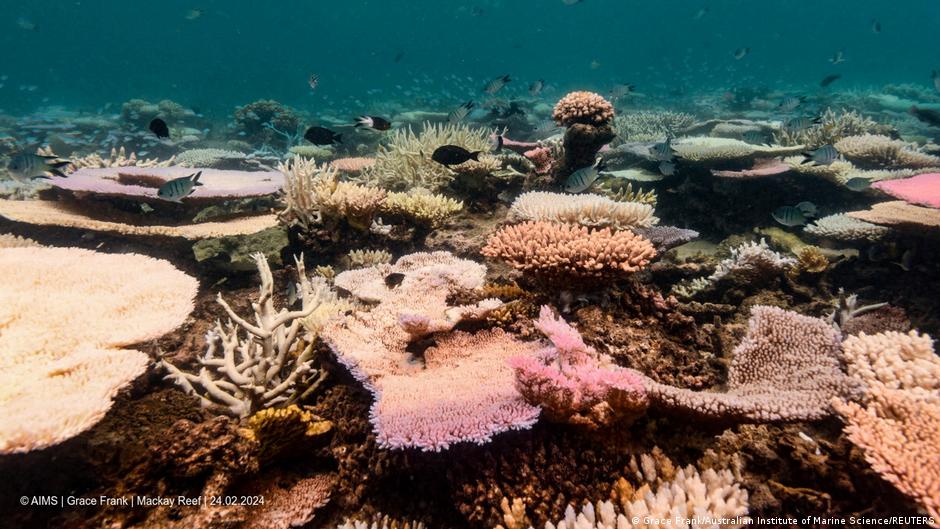






![[Webinar] New California Employment Laws & Developments for 2026 – December 10th, 10:00 am – 11:30 am PT – JD Supra](https://jdsupra-static.s3.amazonaws.com/profile-images/og.16077_5211.png?#)
